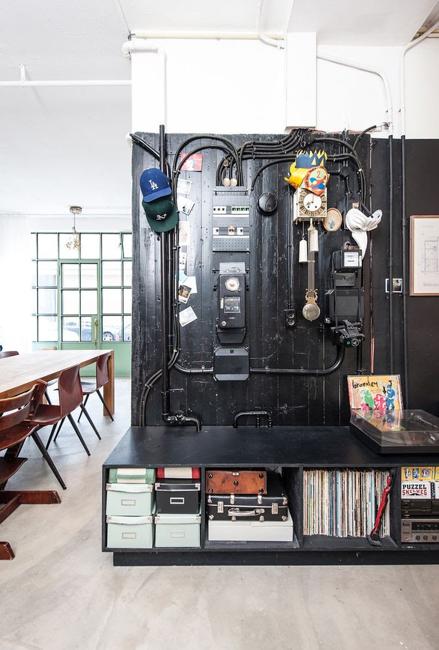
Introduction
Designing an industrial garage requires a strategic approach to optimize functionality and efficiency. Whether it’s for automotive repairs, manufacturing, or storage, an industrial garage must meet specific needs while maintaining a robust and organized layout. In this exploration, we delve into the key considerations and elements that contribute to an efficient industrial garage design.
Space Planning and Workflow Optimization
The foundation of industrial garage design lies in effective space planning. Define zones for different activities, such as vehicle maintenance, tool storage, and workstations. Consider the workflow and arrange equipment in a way that minimizes unnecessary movement, allowing for smooth operations. Efficient space planning is the cornerstone of a well-designed industrial garage.
Durable and Resilient Flooring
Industrial garages endure heavy equipment, constant foot traffic, and potential spills. Opt for durable and resilient flooring materials that can withstand the demands of an industrial setting. Epoxy coatings or heavy-duty concrete are excellent choices, providing not only durability but also easy maintenance and a clean, professional appearance.
Strategic Tool and Equipment Placement
Organizing tools and equipment strategically is crucial for productivity. Utilize wall-mounted storage solutions, tool cabinets, and mobile tool carts to keep everything easily accessible. Group tools by function or frequency of use to create efficient workstations, reducing downtime and enhancing the overall workflow.
Efficient Lighting for Precision Work
Proper lighting is essential in an industrial garage where precision work is common. Incorporate ample overhead lighting, task lighting for workstations, and natural light if possible. Well-lit spaces not only improve safety but also enhance visibility for intricate tasks, contributing to the overall efficiency of the industrial workspace.
Ventilation and Air Quality Control
Industrial activities often involve the use of machinery and materials that may affect air quality. Install an effective ventilation system to ensure a constant flow of fresh air and control airborne particles. Prioritize air quality to create a healthier and more comfortable environment for workers while preventing the buildup of fumes or dust.
Security Measures for Equipment and Assets
Industrial garages house valuable equipment and assets, making security a top priority. Implement security measures such as surveillance cameras, access control systems, and secure storage solutions. Protecting your equipment not only prevents theft but also ensures the longevity of your tools and machinery.
Flexible Layout for Adaptability
An adaptable industrial garage design is essential to accommodate changing needs. Consider a modular layout that allows for easy reconfiguration as the business evolves. This flexibility ensures that your industrial space remains efficient and can adapt to new equipment, technologies, or workflow processes.
Employee Comfort and Safety
Prioritize the comfort and safety of employees by providing ergonomic workstations and safety equipment. Industrial garage design should incorporate features such as anti-fatigue mats, proper seating, and safety protocols. Ensuring the well-being of your workforce contributes to higher productivity and a positive work environment.
Sustainable Practices for Long-Term Viability
Embrace sustainable practices in your industrial garage design for long-term viability. Invest in energy-efficient lighting, consider eco-friendly materials, and implement waste management systems. Sustainable practices not only reduce environmental impact but can also lead to cost savings over time.
Linking to Efficiency: Industrial Garage Design
Explore optimal industrial garage design solutions and equipment at Yakima Futures. Their expertise and curated selection of products cater to the specific needs of industrial spaces. Elevate your garage design with their offerings to ensure functionality, efficiency, and durability.
Conclusion
In conclusion, designing an industrial garage involves a careful balance of functionality, efficiency, and durability. By focusing on space planning, equipment organization, lighting, security, and sustainability, you can create an industrial workspace that not only meets current needs but is also adaptable for the future. Embrace thoughtful design principles, invest in quality equipment, and transform your industrial garage into a hub of productivity and efficiency.
